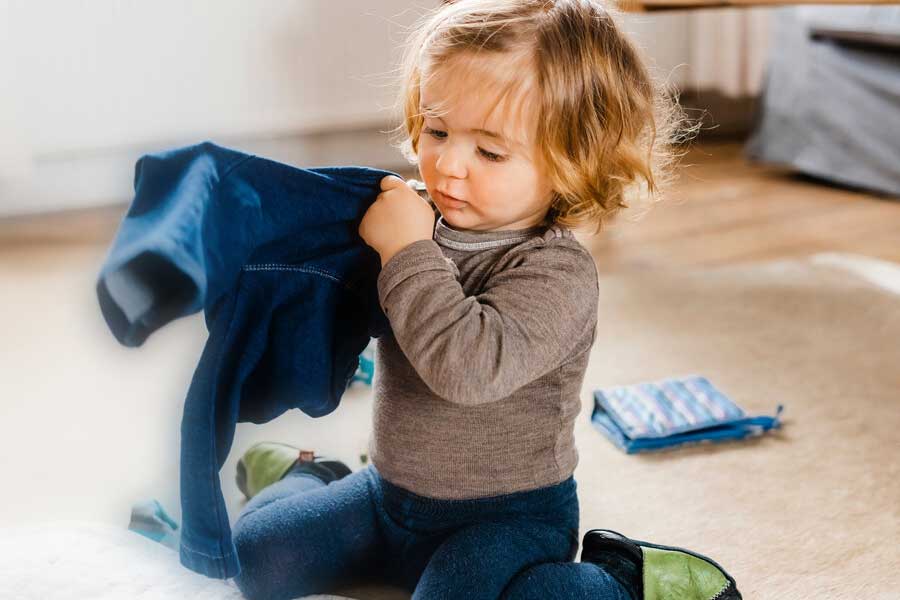Occupational therapy (OT) is a crucial component in promoting the development and well-being of children. In Australia, occupational therapy groups for kids focus on enhancing their functional skills through structured play activities. These activities are designed to be engaging and beneficial, especially when practiced at home. This article provides a comprehensive guide on basic functional play activities for children, highlighting how Australian communities and parents can benefit from these valued practices.
Why Occupational Therapy Activities Matter
Occupational therapy activities are essential for developing various skills in children, such as fine motor skills, coordination, and cognitive abilities. These activities help children achieve independence in daily tasks, boosting their confidence and overall development. In Australia, occupational therapists work closely with families and educational institutions to integrate these activities into children’s routines.
Self-Care Skills Development Through Play
From the age of three, it is important for children to start developing self-care skills with the combined efforts of parents and preschool organizations. These skills are fundamental for their independence and self-reliance.
Dressing and Undressing Sequence
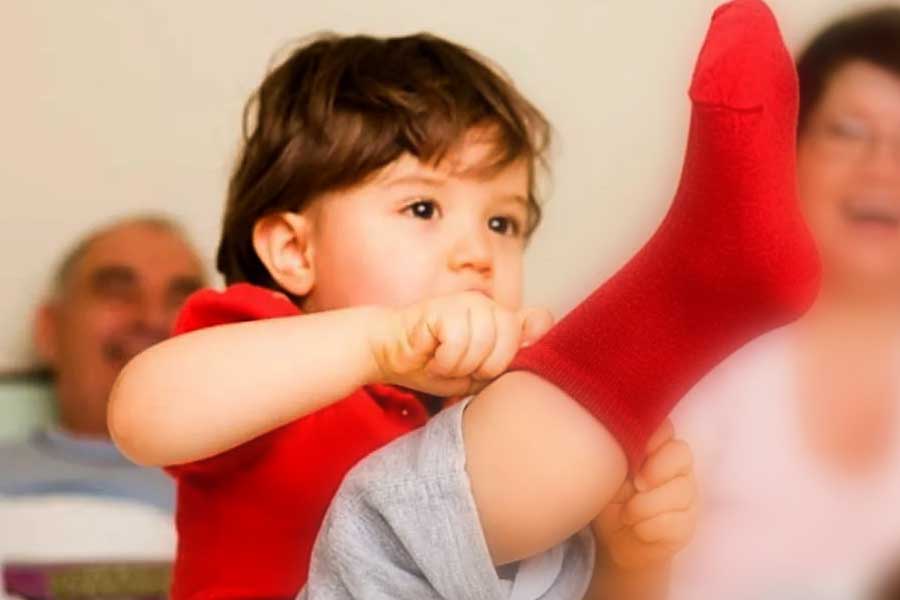
Teaching children to dress and undress themselves in a specific sequence is crucial. This includes:
- Putting on and taking off clothes
- Buttoning and unbuttoning
- Folding and hanging clothes
Personal Hygiene Skills
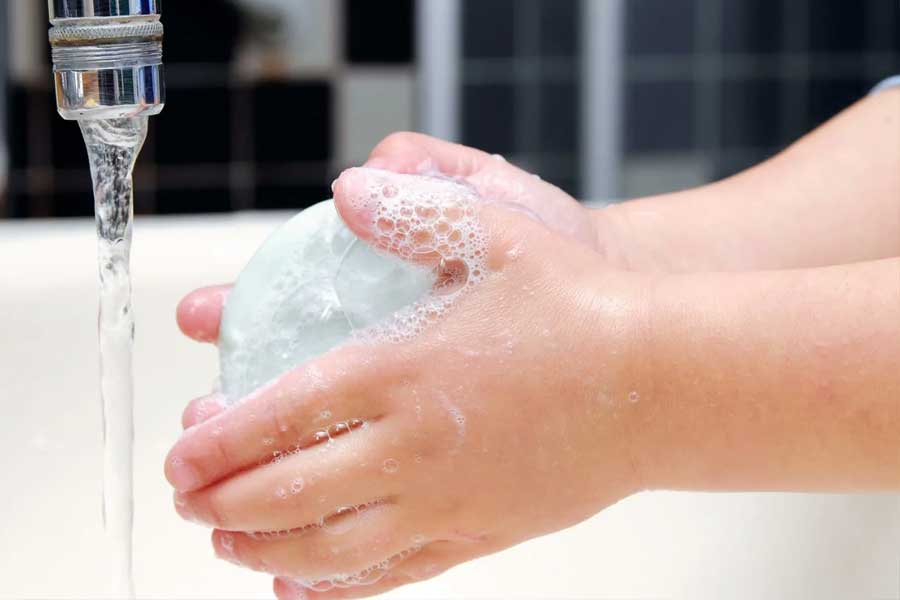
Children should be taught to tidy themselves up with adult assistance. This involves:
- Washing hands
- Brushing teeth
- Combing hair
Encouraging Neatness
Instilling neatness in children is essential. They should learn to:
- Notice and correct untidiness in their clothing
- Seek minimal adult assistance when needed
Engaging Play Activities for Skill Development
Here are some basic functional play activities that are highly effective for developing self-care and organizational skills in children. These activities are commonly used in occupational therapy groups for kids and can be easily practiced at home.

1. Find the Pair
Objective: Develop the ability to distinguish pairs of shoes and clothing items.
Materials: Cutouts of shoes, gloves, socks, and mittens made from cardboard, and a doll.
Instructions:
- Present a playful scenario where the doll has misplaced its clothes.
- Ask children to help the doll find matching pairs of items by identifying the correct pairs.
- Provide the right item (e.g., one shoe) and have children find the matching left item.
2. Dress the Dolls
Objective: Teach children to name clothing items and differentiate between boys’ and girls’ clothes.
Materials: Two dolls (one male, one female) and sets of clothes for each.
Instructions:
- Explain that the dolls are confused and need help finding their clothes.
- Ask children to identify which clothes belong to which doll and assist in dressing them accordingly.
3. Sequence Stories
Objective: Develop sequencing skills and storytelling.
Instructions:
- Provide children with a series of pictures that form a story.
- Ask them to arrange the pictures in the correct order and narrate the story.
- Example sequences can include daily routines like waking up, exercising, and eating breakfast.
4. Dress a Doll for a Walk
Objective: Enhance dressing skills and understanding the correct sequence of winter clothing.
Materials: Dolls and various winter clothing items (coats, boots, scarves).
Instructions:
- Have children choose appropriate winter clothing for the doll and dress it in the correct order, narrating their actions.
5. Doll Bedtime Routine
Objective: Improve undressing skills and bedtime preparation.
Materials: Doll, bed, and set of clothes.
Instructions:
- Read a rhyme about bedtime and ask children to undress the doll and prepare it for bed.
- Guide them through the sequence of undressing and encourage them to remember and repeat it.
6. The Magic Shoelace
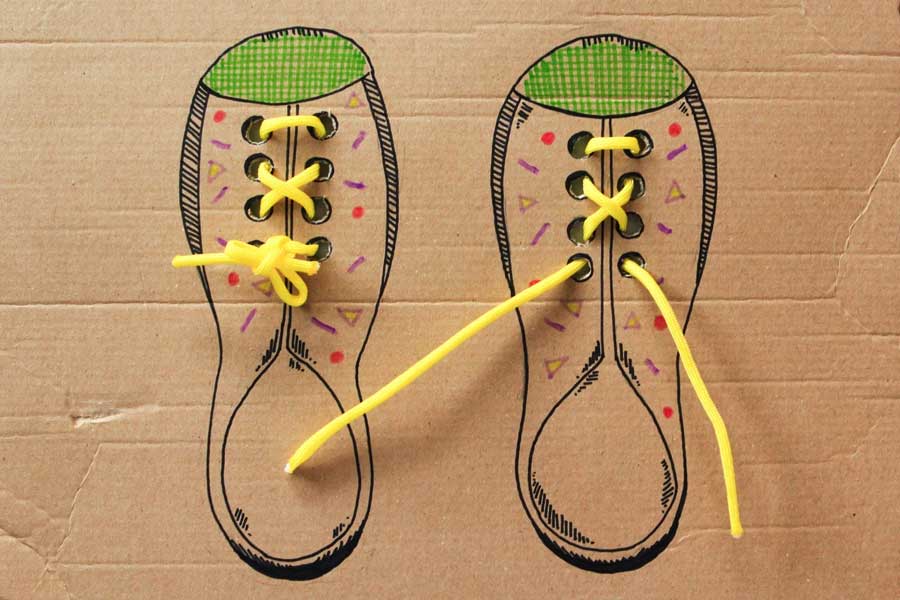
Objective: Teach children to tie shoes and understand the use of shoelaces.
Materials: A book with shoelace holes and colorful shoelaces.
Instructions:
- Show a picture with missing elements that need to be completed using shoelaces.
- Have children choose a shoelace and complete the picture by threading and tying it.
7. Preparing for a Walk
Objective: Reinforce dressing skills in the correct order.
Materials: Doll and corresponding clothing items.
Instructions:
- Explain that the doll is going for a walk and needs to be dressed appropriately.
- Guide children through each step, from putting on a jacket to tying shoelaces.
8. Preparing the Bed
Objective: Teach children to make their bed independently.
Materials: Bed, pillow, sheets, and blanket.
Instructions:
- Demonstrate how to make the bed, from removing the cover to arranging the pillow.
- Encourage children to replicate the process on their own bed.
9. Cleaning Shoes
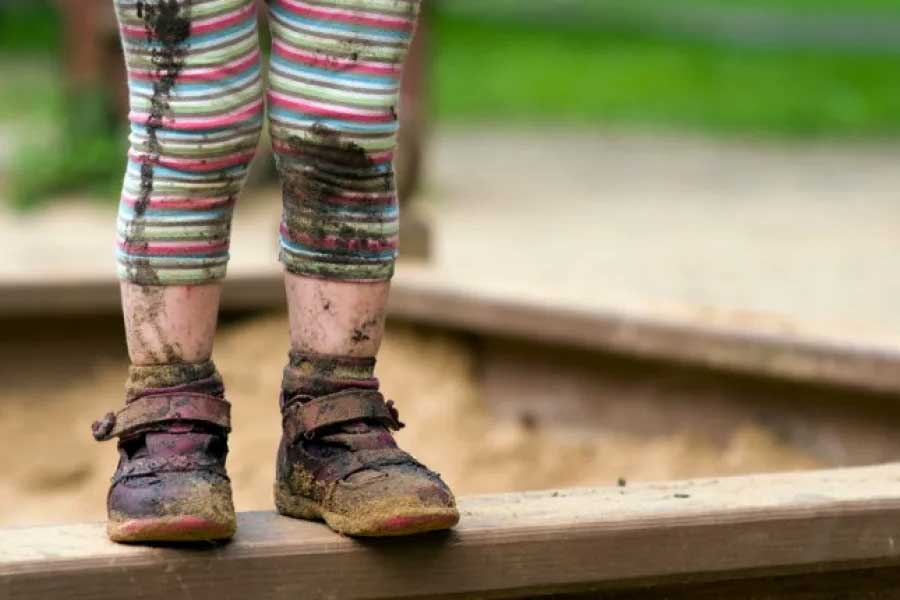
Objective: Develop the skill of cleaning shoes.
Materials: Shoes and a brush.
Instructions:
- Show children how to clean shoes using a brush and explain its purpose.
- Let them practice cleaning their shoes while reciting a fun rhyme.
10. Every Foot in Its Home
Objective: Teach children to put on tights or leggings correctly.
Materials: Children’s tights.
Instructions:
- After a nap, ask children to put on their tights by finding the right spot for each foot and pulling them up correctly.
11. Planting Flowers

Objective: Develop fine motor skills and hand-eye coordination.
Materials: A fabric board with buttons and fabric flowers with buttonholes.
Instructions:
- Encourage children to match flowers to the corresponding buttons on the board, reinforcing size and shape matching.
Benefits for Kids
Incorporating these occupational therapy activities at home has significant benefits for kids development. These activities foster independence in children, reducing the daily burden on parents and caregivers. Additionally, they enhance children’s readiness for school and social integration.
Occupational therapy groups for kids often emphasize the importance of these activities. By practicing them regularly at home, parents can ensure their children develop essential life skills in a supportive and familiar environment.
Basic functional play activities are an invaluable part of occupational therapy for children. They promote the development of self-care skills, coordination, and cognitive abilities, preparing children for a more independent and successful future. For parents, integrating these activities into daily routines provides immense benefits, fostering a supportive environment for children’s growth and development.



